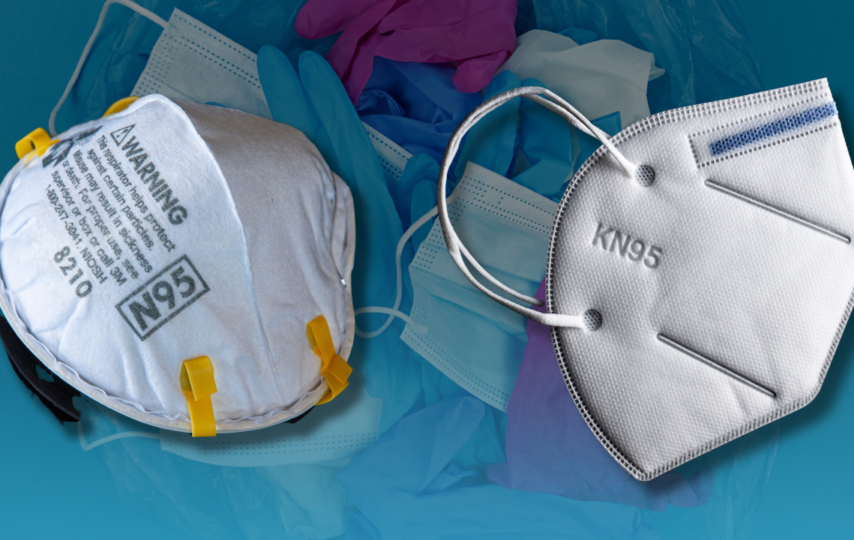Table of Contents
- Introduction
- What are N95 Respirators?
- What are KN95 Respirators?
- Key Differences Between N95 and KN95
- Filtration Efficiency
- Fit and Comfort
- Standards and Regulations
- Applications in Various Industries
- Choosing the Right Respirator for Your Needs
- Expert Tips for Maximising Protection
Introduction
In the realm of personal protective equipment (PPE), N95 and KN95 respirators are frequently discussed, especially in contexts involving airborne contaminants. Understanding their differences is crucial for making informed decisions about which type to use. While both types offer significant protection, their characteristics and certifications vary. This guide delves into the essential aspects of N95 and KN95 respirators, providing clarity on their distinct features and uses.
What are N95 Respirators?
N95 respirators are a type of filtering facepiece respirator (FFR) that meets the U.S. National Institute for Occupational Safety and Health (NIOSH) N95 classification of air filtration. N95 respirators filter at least 95% of airborne particles, including large droplets and smaller aerosols. They are widely used in healthcare settings and various industries to protect against respiratory hazards.
What are KN95 Respirators?
KN95 respirators, on the other hand, adhere to Chinese standards for respiratory protection. Similar to N95s, KN95s also filter out at least 95% of airborne particles. They have gained popularity worldwide due to their effectiveness and availability, especially during shortages of N95 respirators.
Key Differences Between N95 and KN95
Filtration Efficiency
Both N95 and KN95 respirators are designed to provide a high level of filtration efficiency, blocking at least 95% of particles as small as 0.3 microns. This makes them highly effective at preventing the inhalation of hazardous airborne particles, including pathogens like viruses and bacteria.
Fit and Comfort
Fit and comfort are crucial for the efficacy of any respirator. N95 respirators are designed to provide a tight seal around the nose and mouth, which is essential for effective filtration. The fit of an N95 is typically tested through a fit test to ensure no air leaks. KN95 respirators also aim to provide a good seal but may fit differently due to variations in face shapes and sizes. The ear loop design of KN95s, compared to the headbands of N95s, can influence comfort and fit.
Standards and Regulations
N95 respirators are certified by NIOSH under U.S. standards, while KN95s are certified under Chinese standards. This difference in certification means that each type of respirator must pass different regulatory checks and quality control processes. It’s important to note that not all KN95 respirators available in the market meet the necessary standards, which can affect their reliability.
Applications in Various Industries
Healthcare
In healthcare settings, both N95 and KN95 respirators are used to protect healthcare workers from airborne infections, especially during procedures that generate aerosols. N95s are preferred in the U.S. due to their stringent NIOSH certification.
Industrial Use
Industries such as construction, mining, and manufacturing also rely on N95 and KN95 respirators to protect workers from dust, fumes, and other hazardous particles. The choice between N95 and KN95 can depend on availability and specific workplace requirements.
Everyday Use
During events like pandemics, the general public may also use N95 and KN95 respirators to reduce the risk of inhaling airborne viruses. While surgical masks are commonly used, respirators offer higher levels of protection and are preferred in high-risk environments.
Choosing the Right Respirator for Your Needs
When selecting between N95 and KN95 respirators, consider the following factors:
- Certification: Ensure the respirator meets the appropriate certification standards for your region.
- Fit: Conduct a fit test to determine which respirator provides the best seal.
- Comfort: Choose a respirator that you can wear comfortably for extended periods.
- Availability: In times of high demand, availability may influence your choice.
Expert Tips for Maximising Protection
- Proper Fit: Always ensure a proper fit by performing a seal check each time you wear the respirator.
- Hygiene: Keep the respirator clean and store it in a dry, breathable container when not in use.
- Replacement: Replace the respirator if it becomes damaged, soiled, or difficult to breathe through.
- Training: If using respirators in a professional setting, ensure all users are adequately trained on proper use and fit testing.
Understanding the nuances between N95 and KN95 respirators allows you to make better decisions regarding your PPE needs. Whether for professional or personal use, choosing the right respirator is crucial for ensuring optimal protection against airborne hazards.







